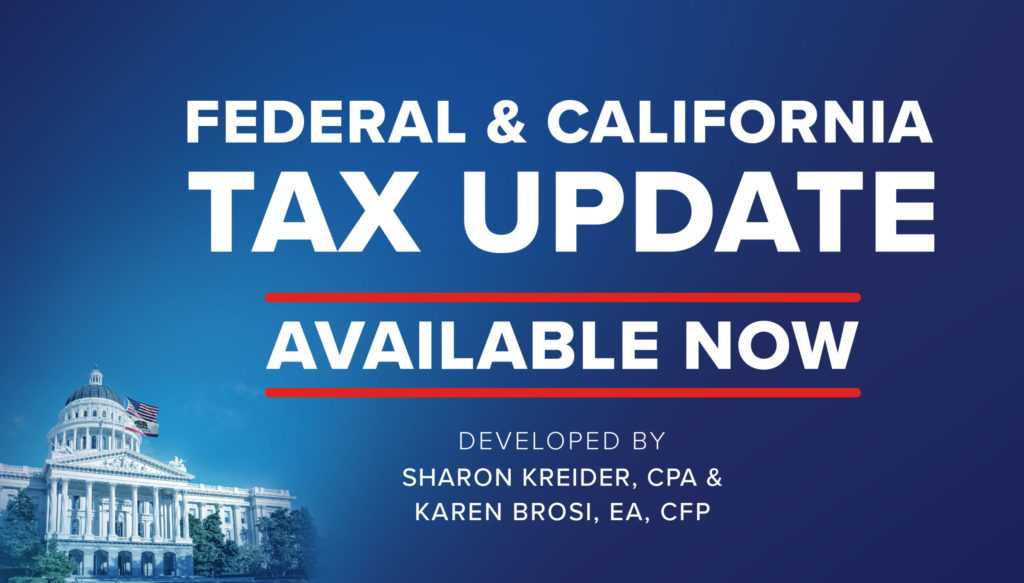
New CARES Act Guidance Targets SBA Payments
Article at a Glance:
- SBA Payments of Principal, Interest, and Associated Fees on 7(a) Loans are Taxable to the Small Business
- Lender servicing the loan is required to issue a Form 1099-MISC on the SBA payments
- The notice provides what following amounts are to be reported as income on Form 1099-MISC
- The notice outlines who should be shown as the payor and recipient on Form 1099-MISC
- Consider warning your clients with 7(a) loans before they get an unexpected Form 1099-MISC from their bank
In April 2020, SBA began making payments under Section 1112 of the CARES Act to cover, for six months, the principal, interest, and any associated fees that small businesses owe on 7(a), 504, and Microloans (“Section 1112 payments”). These Section 1112 payments relieve small companies of the obligation to pay that amount. The SBA payments are taxable, and the lender servicing the loan is required to issue a Form 1099-MISC on the SBA payments.
SBA’s Information Notice dated December 8, 2020, explains the tax impact of the relief of payments and lender Form 1099 reporting requirements:
Q: What must be reported as income on Form 1099-MISC?
A: The total amount of the Section 1112 payments must be reported as income to the Borrower, including the principal, interest, and any fees included in the Section 1112 payments. This total amount should be included in Box 3 of Form 1099-MISC.
Q: Who is responsible for filing Form 1099-MISC for the Section1112 payments?
A: 7(a) Lenders are responsible for issuing the Form 1099-MISC for:
- Loans that have not been purchased by SBA
- Loans that have been purchased by SBA and are serviced by the 7(a)
- SBA is responsible for issuing Form 1099-MISC for 7(a) loans that have been purchased and are serviced by SBA.
What is an SBA 7(a) loan? The 7(a) loan program is the SBA’s primary program for providing financial assistance to small businesses. Like the guaranty percentage and loan amount, the terms and conditions vary by the type of loan. For example, the “7(a) small loan” has a maximum loan amount of $350,000. The SBA guarantees 85% for loans up to $150,000 and 75% for loans greater than $150,000. Lenders and borrowers can negotiate the interest rate, but it may not exceed the SBA maximum (6% for loans paid off in over seven years).
Example. Alice borrowed $300,000 for her small manufacturing business from Rocky Mountain National Bank. She qualified for an SBA 7(a) loan. Her payments are $3,400 a month. Because of CARES, SBA made Section 1122 payments of principal and interest on her behalf for six months. Alice will receive a Form 1099-MISC from her lender for $20,400.
Tax practitioner planning. If you know that your client has a 7(a) loan, you might consider warning them about the tax consequence before they get an unexpected Form 1099-MISC from their bank.


